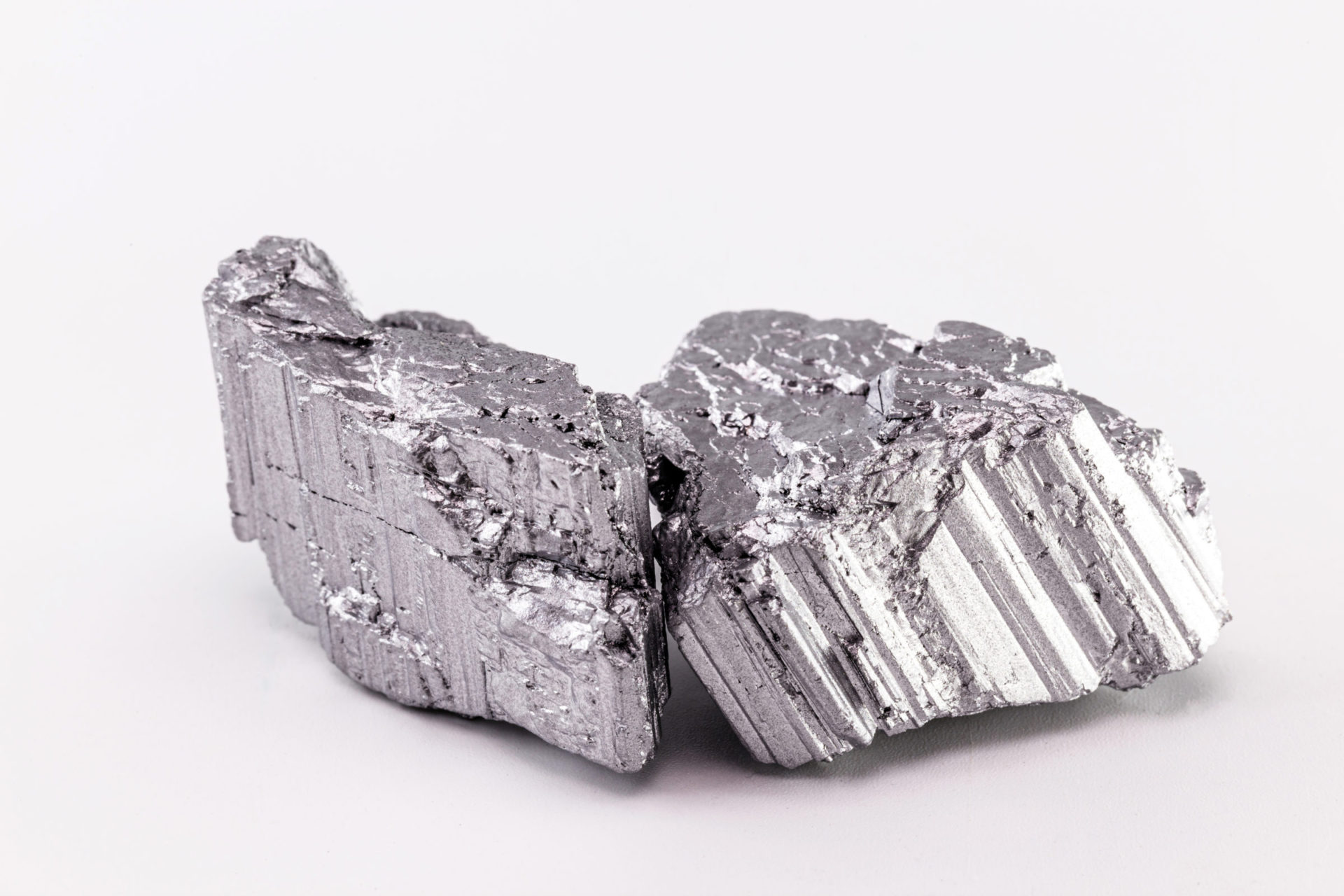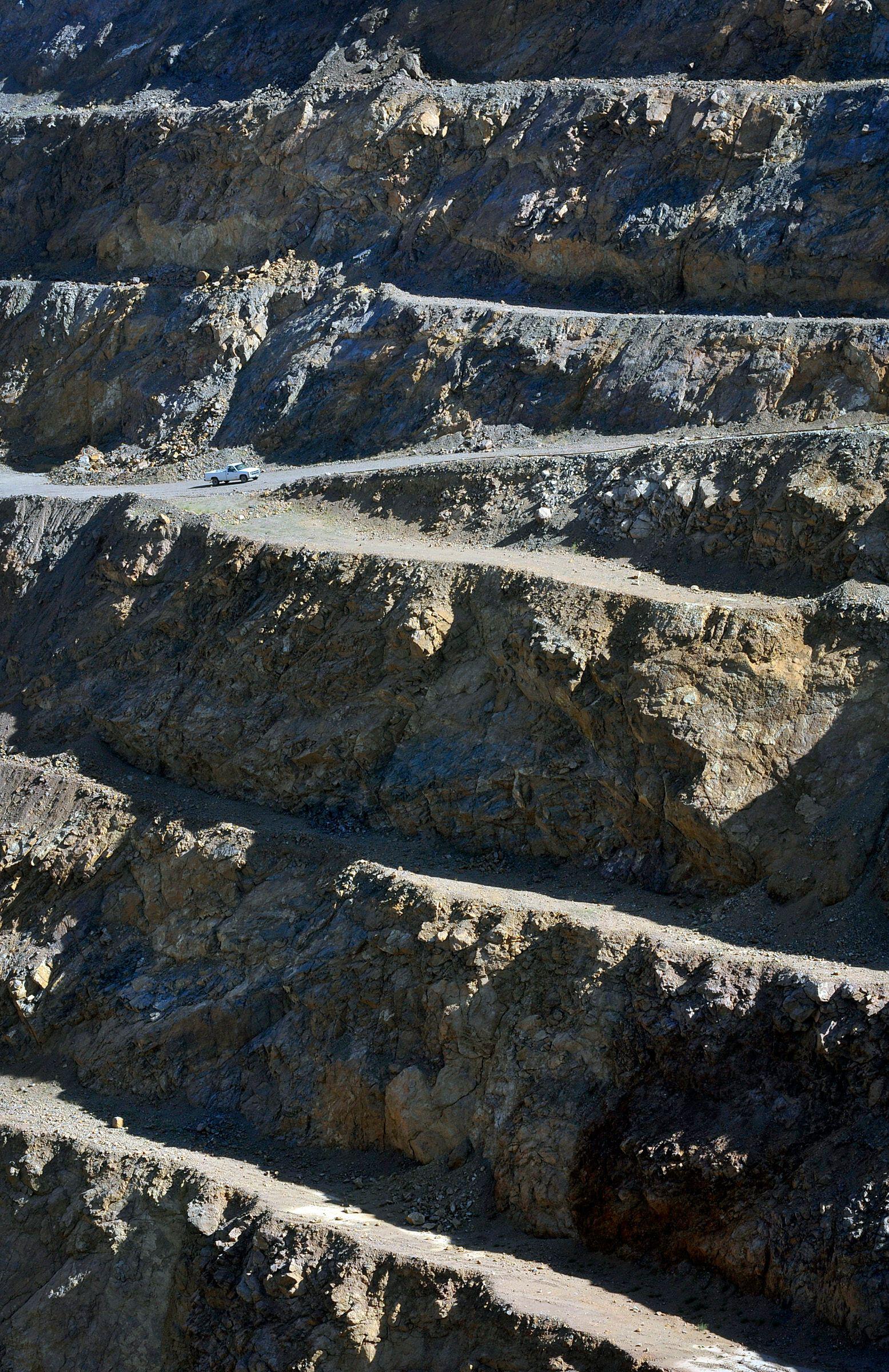

Rare earth elements are all the rage these days. This is partly due to excellent branding. Both the “transformium” in Michael Bay’s Transformers franchise and the precious metal “unobtanium” in James Cameron’s Avatar are rare earth elements. The other reason is that the United States has become acutely reliant on imports of rare earths, principally from China. To deal with this problem, the federal government is funding R&D, building facilities, invoking powerful national security authorities, undertaking high-tech mineral surveys, and partnering with allies around the world to boost domestic rare earth production.
Yet despite all this commotion, the U.S. Geological Survey reports that the dollar value of the nation’s rare earth imports in 2021 was no more than $160 million. In the grand scheme of things — and no scheme is grander than protecting America’s economic security — this is a paltry sum. It’s roughly the cost of two F-35 Joint Strike Fighters. To put this in perspective, consider that the Italians plan to buy ninety such planes.
Resolving this apparent conundrum, it turns out, reveals even greater depths to the rare earth problem than are apparent on the surface.
Peter Atkins — undisputed dean of Oxford chemistry, disputatious don of British atheism — once engaged in a delightful act of chemical cartography. His description in 1995 of the Periodic Table of Elements as a fantastic kingdom places metals in the Western Desert and noble gases on the Eastern Shore. There is a gradient in the middle, two northern tips conspicuously capped by hydrogen and helium, and a mysterious island in the south. The cosmic origins of this “systematic place,” where “microscopic texture is the foundation of function and the distinction of feature,” is a debate for another occasion — one which Atkins, no doubt, would be eager to have.
For our purposes, it is enough to take note of the order he describes. No random assortment of fiefdoms and hamlets, this kingdom. Elements are listed from west to east by the number of protons in their respective nuclei, and are grouped into columns according to shared properties of their electrons. Patterns can be identified moving across the kingdom: atomic diameter, mass, density, electron affinity, and so forth. The regularity, in fact, is so regular that some elements were discovered because scientists knew to look for them. Their places on the map were blank and needed to be filled.
The Southern Island comprises two series: the lanthanides on top and the actinides below. Lanthanides, together with their cousins yttrium and scandium — all highlighted in gray in the chart — make up the rare earth elements. They actually aren’t that rare in terms of their total mass — according to some estimates there is more cerium than copper in the earth’s crust, and more lanthanum than lead. But deposits you can turn a profit mining are a rarity. The different rare earth elements are often bound up together in the same minerals, and since they are all chemically similar, getting them separated into pure, usable metals is an intensive, expensive process. Imagine a container of Italian seasoning and someone telling you that you need to pick out only the oregano and the basil, and keep them separate.
As late as 1995, Atkins could write: “Indeed, the near uniformity of their features suggests that it is not really worth making the considerable effort to separate them. Nature has seemingly no use for the lanthanides in its contriving of life, and humanity has only recently found certain sporadic uses for these regions.” But then something happened. By 2013, when the chemist Andrea Sella delivered his theatrical “Terra Rara” lecture before the Royal Institution, explaining with on-brand gusto and flare the curious features of what he called these “political elements,” their technological and geopolitical significance had become obvious.

What had changed? Technology, in a word. “It’s a material world,” the Manhattan Institute’s Mark P. Mills reminds us in his recent warning about the mineral requirements of any green-energy transition. “All forms of green energy require roughly comparable quantities of materials in order to build machines that capture nature’s flows: sun, wind, and water.” From glass screens and fiber optics to ceramics and catalysts, rare earths just seem to make everything better. And they are especially important for making the most efficient permanent magnets available to us today. These magnets now form part of the core of modern electric vehicle engines, wind turbines, and consumer electronics.
In an industry rife with exotic terms of art like mischmetal (lightly processed rare earths), swarf (trimmings left over from magnets after they have been shaped to design), and electrowinning (a metal-refining process), a curious novice could be forgiven for thinking he had stumbled into something like Middle Earth — or, if I may, Metal Earth.
For one reason or another, the growth in global demand for rare earths has coincided with the decline and death of American rare earths production. Maybe it was post–Cold War complacency, or exuberance over free markets and globalizing supply chains, or the costs imposed by environmental and other regulatory standards, or the simple economics of comparative advantage. Whatever the case, mines and processing plants for separating and refining shut down in the United States, and industrial capacity relocated overseas.
In the aftermath of the Covid-19 supply chain turmoil, the U.S. federal government made a decision that may prove fateful. The new rare earths production centers were not located just anywhere overseas. It was China, the original “Middle Kingdom,” that had slowly conquered the Southern Island while the world looked on. And in the wake of the pandemic, it was Washington that announced its intention to storm the island by force.
Foreign policy theorists are always in search of the grand calculus, but basic arithmetic tells this particular geopolitical story just fine. The math is simple: China controls some 60 percent of global rare earths production and roughly 90 percent of the requisite separation and refining, according to a recent report by the Department of Energy (DOE). This means that even as the United States has recently boosted its share of rare earth mining, Americans are still compelled to ship almost everything it mines to China for processing into anything usable. The intermediate and finished goods are then imported back stateside.
It is precisely because the rare earth content in these value-added products is not tracked that the dollar-value of rare earth imports clocks in at just $160 million per year in the U.S. Geological Survey report. It does not measure the real value. What it does measure is the tonnage of rare earth compounds and metals that have not yet been used to make anything. This is like trying to estimate the price of salt consumed at a McDonald’s franchise by counting the number of packets it gives to customers. The real sodium use, which the customer never sees, is in the kitchen, embedded in hamburgers, chicken nuggets, French fries, and ketchup. We know the sodium value would be far higher if all this were factored in, but we lack an easy way to do that.
In other words, based on the information available, the United States is highly vulnerable to disruption in the rare earth supply chain — and that vulnerability is understated because of the constraints on the information available. We don’t know much, but what we do know isn’t good.
The federal government possesses incredibly powerful tools to solve the problems it chooses to solve, even if it can’t pinpoint the numbers. The virtually limitless resources of the Department of Defense, for example, are being tapped to provide financing to rare earth producers in the United States. The authorities vested in the government through the Defense Production Act are extremely powerful and can, theoretically, be drawn upon to provide billions of dollars to support entire supply chains.

The DOE Loan Program Office, with some $40 billion in newly expanded lending authority at its disposal, is also now authorized to support rare earth projects. The Department of the Interior under the Trump administration created a “critical minerals list” that included rare earth elements, and under President Biden the department has continued to include rare earths on their list. The Department of Commerce is investigating whether the nation’s net import reliance for rare earths constitutes a national security threat worthy of trade-related actions. The report is due to President Biden in June [after this essay goes to press –Ed.]. And last November, Congress enacted into law the Infrastructure Investment and Jobs Act. Buried far into the one thousand pages of legal text is a little provision authorizing DOE to spend $140 million on building a demonstration facility for separating and refining rare earth elements. For lovers of bipartisan consensus, it doesn’t get much better than this.
But for lovers of concrete action, there is much less to this frenzy than meets the eye. In the spirit of bipartisanship, the Biden administration earlier this year released a set of “fundamental principles” for mining reform that tries to make everyone happy. For mining companies who are tired of waiting years to find out whether their projects will be approved, the reform promises “permitting certainty.” For Americans who aren’t excited about having a mine in their favorite plot of wilderness, the reform promises to “protect special places” and “solicit community input.” As minerals economist Ian Lange noted wryly of the plan: “I don’t know whether to call this two steps forward and one step back or one step forward and one step back.”
And what does getting an element on the critical minerals list achieve, anyway? Exactly nothing. The designation does not, at this point, trigger any federal benefits, though obviously that could change. The Department of the Interior, which maintains the list, has no financing authority for mineral projects. At the time of this writing, DOE has financed no more than one critical minerals project through its Loan Program Office, notwithstanding the bipartisan effort to confer such authority upon it. (And that one project is focused on graphite, which is not a rare earth mineral.) Even the rare earth demonstration facility promised in the infrastructure bill — notable because it draws attention to separation and refining rather than simply extraction or recycling — is a long way from completion, with the DOE not even accepting applications for proposals on the project until the end of this year.
Washington’s vision to reestablish a domestic rare earth supply chain, from raw mineral extraction to magnet manufacturing, is colliding with its perennial blind spot: execution.
The fact that we cannot say how deeply rare earth imports from China are embedded in the United States economy is cause for a different kind of concern than mere angst over our net import reliance. (To be clear, both are worthy of concern.) A $160 million national security problem is an easily manageable one. Somewhere in the defense budget we could find spare change to pay, say, five times that amount if we really needed to. And we could do that in perpetuity. If the problem is more severe than that — and all indications are that it is — then academic R&D grants are probably not going close the distance. Pretend governance is no match for a real problem.
For now, we will have to be content with the Southern Island taunting us from afar. As our nascent efforts proceed, we will undoubtedly develop greater definition of the problem. Advances in processing and recycling, as well as material substitutes, can make the going a lot easier. Peter Atkins offers a ray of hope: “Note how the history of the kingdom so often includes clouds that slowly acquire a more structured form.”
Some of our elected officials understand the vulnerability of our minerals supply chain, particularly those representing so-called resource states. The incremental measures that have been adopted on critical minerals, insufficient as they may be, are due largely to them. For most of our leaders, though, we’re on Pandora looking for Megatron.
Exhausted by science and tech debates that go nowhere?